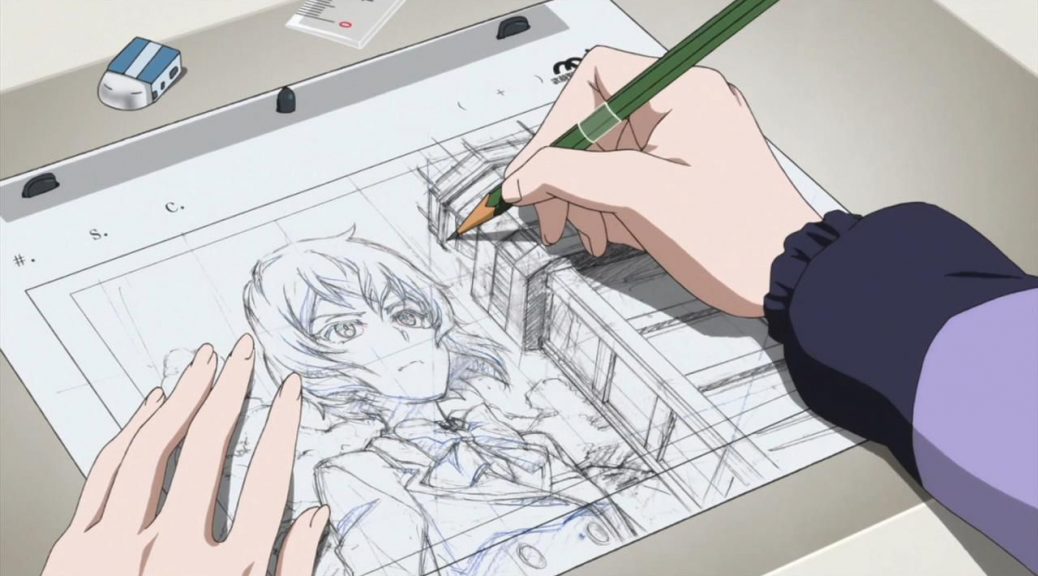Just How Anime is Made
Have you ever before asked yourself exactly how anime is made? For most of us, anime manufacturing is all smoke as well as mirrors. The distance between the principle art and the finished masterpiece is the size of a typical 12-week period. Fact be informed, unless you're proficient in Japanese, the production process governing Japanese computer animation is shrouded in mystery. Trying to get more information will certainly lead you down a bunny hole of terms like key animator, in-between animator, animation director, episode supervisor, art director, and also character developer. How anime is made in Japan is extremely various from exactly how you would believe; often times, it is far more of a fluid (read: disorderly) process than you would certainly anticipate.
The Art of Animation
Computer animation production is an unpleasant, messy event. Chaotic organizing, ground timelines, missed out on due dates, and also widespread inexperience are all occupational risks anybody operating in a small, start-up atmosphere is well-acquainted with.

Anime is additionally a labor of love and one that requires the abilities of many people, as well as the persistence of a pick couple of. Besides, it is one that needs numerous, several actions. The success of also one episode is no little accomplishment, and one error can have alarming effects for the whole production. Dig deeper and you'll find production routines as well as color-coded checklists that are right stuff of problems. Numerous spreadsheets, many trademarks.
I'll do my ideal to offer a comprehensive summary of the process, describing the major steps and the significant gamers. In doing so, I want to demonstrate how tough it is to make a respectable anime, not to mention a wonderful one, while reigniting your love for the tool. Most importantly, apologies beforehand for any type of errors or inaccuracies; I am, by no means, a specialist on anime manufacturing.
The Production Process (i.e. Manufacturing Risks).
Pre-production.
This is the preparation and funding phase. The anime production business (e.g. Aniplex, Bandai Visual, Kadokawa Shoten, Pony Canyon, Sony, Toho, Viz Media) supervises of fronting prices for staffing, broadcasting, and also circulation. Basically, they pay studios to make it, tv terminals to air it, and the licensor to disperse it domestically and worldwide. Above all, they collect the make money from the sales. Often, several manufacturing business are associated with a solitary anime. Studios (e.g. A-1 Pictures, Bones, J.C. Team, Kyoto Animation, Madhouse, Manufacturing I.G, Studio Ghibli, Trigger) are the ones that staff, pay, and produce the actual anime. If the anime is an initial idea, the workshop will occasionally assist front the prices.
Setting up the Team.
The director is the creative boss and also is, normally, the one who personnels the program. When it concerns staffing, each workshop works in different ways. Some have full-time internal animators, colorists, editors, and also production workdesks, while others will certainly have a full-time group of core individuals from each department as well as a huge network of freelancers. Then there are the workshops that contract out the job completely to consultants.
Storyboards.
The supervisor is usually in charge of the storyboards, too. In long-running TV-anime, as opposed to seasonal anime, storyboards normally are up to various storyboarders. In a perfect globe, the storyboards would certainly be totally finished before an episode goes into production. This would certainly offer the remainder of the staff the chance to flesh out a cohesive, completely recognized tale; nonetheless, that seldom ever before takes place, and frequently episodes are in-production as the storyboards are still being worked out. It's a headache, truly.
Layouts.
Successive is designs. Under the guidance of the supervisor, episode director, as well as often manufacturer, the design director will fill in the details for cuts (scenes, typically identified by the use of a single background). This entails arranging the major computer animated photo or "cels" (displayed in warm colors) against the histories (received trendy shades) with descriptions of how the video camera should relocate. To put it simply, the format director is framing each cut and considering total structure.

Animation.
As soon as formats are done, the production assistant provides to the crucial animators. They're the ones who bring the photos to life. The finished cuts then most likely to the episode's computer animation director, that checks for consistency and also high quality. If the cuts obtain the consent, they go to the in-between animator. This job is usually outsourced to much less skilled animators with less expensive rates. The in-between frameworks are sent out to the in-between supervisor to make sure they follow the quality and also frames of the vital animation. If a cut is rejected at any type of phase, it is sent back for alterations.
Digitized.
Lastly, once the computer animation is done, the coloring group, supervised by the shade developer, digitizes, cleans up, and also colors the cuts. At this moment, the cuts are referred to as cels (or digicels). The colorist puts the tinted cels against the https://youtu.be/_101ZNP_IVk history art (as defined in the layouts) as well as includes any 3DCGs under the guidance of the 3DCG manager. The final stage of in-production is shooting, in which make-up, special impacts, and also editing are settled.
Post-Production.
With completion in sight, the production aide sends out the last cels to the recording director for post-production. The recording director manages the "dubbing" procedure in which the post-production teams add in the voice acting, sound impacts, and also songs. That concludes the life cycle of one cut in anime production. Lastly, at the end, the editor interlaces, combines, edits, and after that creates all the finished cuts. Meanwhile, the director as well as episode director are checking in at each phase to see to it the ended up item lives up to their vision. The core directing team then evaluates the finished episode as well as provides comments or their last authorization.